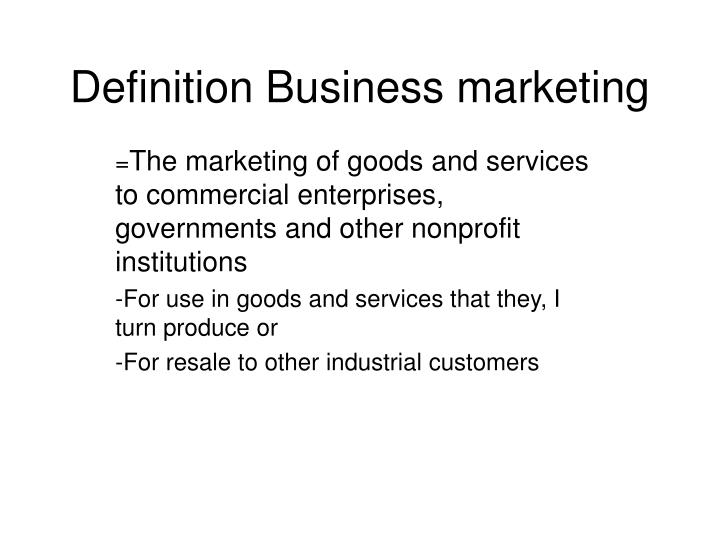

This came to be known as "the race to the bottom." Other states, seeking to stem the flow of businesses to New Jersey, were forced to remove many of their own restraints on corporations. In 1889, New Jersey adopted a statute that released corporations from such regulation, and so many businesses rushed to incorporate in New Jersey that the entire expenses of the state were eventually paid out of incorporation fees. Earlier, states routinely placed restrictions on the size, life span, and activities of corporations, as well as their ability to hold stock in other companies. Meanwhile, states competed among themselves to be the place where companies chose to incorporate, because of the large fees thus generated. Employers thereafter used Lochner to strike down minimum-wage laws. New York, the Court struck down a New York state law limiting the number of work hours for bakers, saying that such laws were contrary to the freedom of contract implicit in the Constitution.

In 1886, the Supreme Court held that corporations were "persons" for the purposes of constitutional protections, such as equal protection. Courts were also very supportive of corporate power. Many states restricted union activity, companies routinely terminated union members, and federal or state troops often helped companies break strikes. This concentration of economic power in a few giant corporations made it possible to take advantage of the efficiencies and stability that come with large-scale production, but it also gave corporations the ability to manipulate prices and government policy.īig business thrived also because of the absence of any meaningful counterweight to its influence. This was accomplished through several means, including mergers with competing businesses and the formation of trusts, where a group of managers controlled rival companies without formal ownership of the businesses. Because the government did little to regulate business during the nineteenth century, these and other "robber barons" were able to gain monopoly or near-monopoly power in their respective industries. Duke in tobacco, and Cornelius Vanderbilt in steamships, railroads, banking, and manufacturing. Morgan gained extraordinary wealth in banking and finance, as did John D. Andrew Carnegie, a steel magnate, became one of the world's richest men. This economic growth in part depended on, and in part created, aggregations of wealth among a few individuals and the companies and banks they controlled. This growth was due to factors including a pro-business political climate a burst of inventions such as the telephone, the electric light, and the automobile the availability of vast natural resources a growing population and improved production methods, including the division of production into discrete steps, each performed by a separate worker. By 1900, the United States had become the largest industrial nation in the world. The concentration of economic power began with the transformation of the United States in the nineteenth century from an agrarian, handicraft economy to an industrial, factory economy. When used in the context of American economic development, the term " big business" refers to the concentration of industrial and financial power that began in the second half of the nineteenth century and continued through the end of the twentieth.


 0 kommentar(er)
0 kommentar(er)
